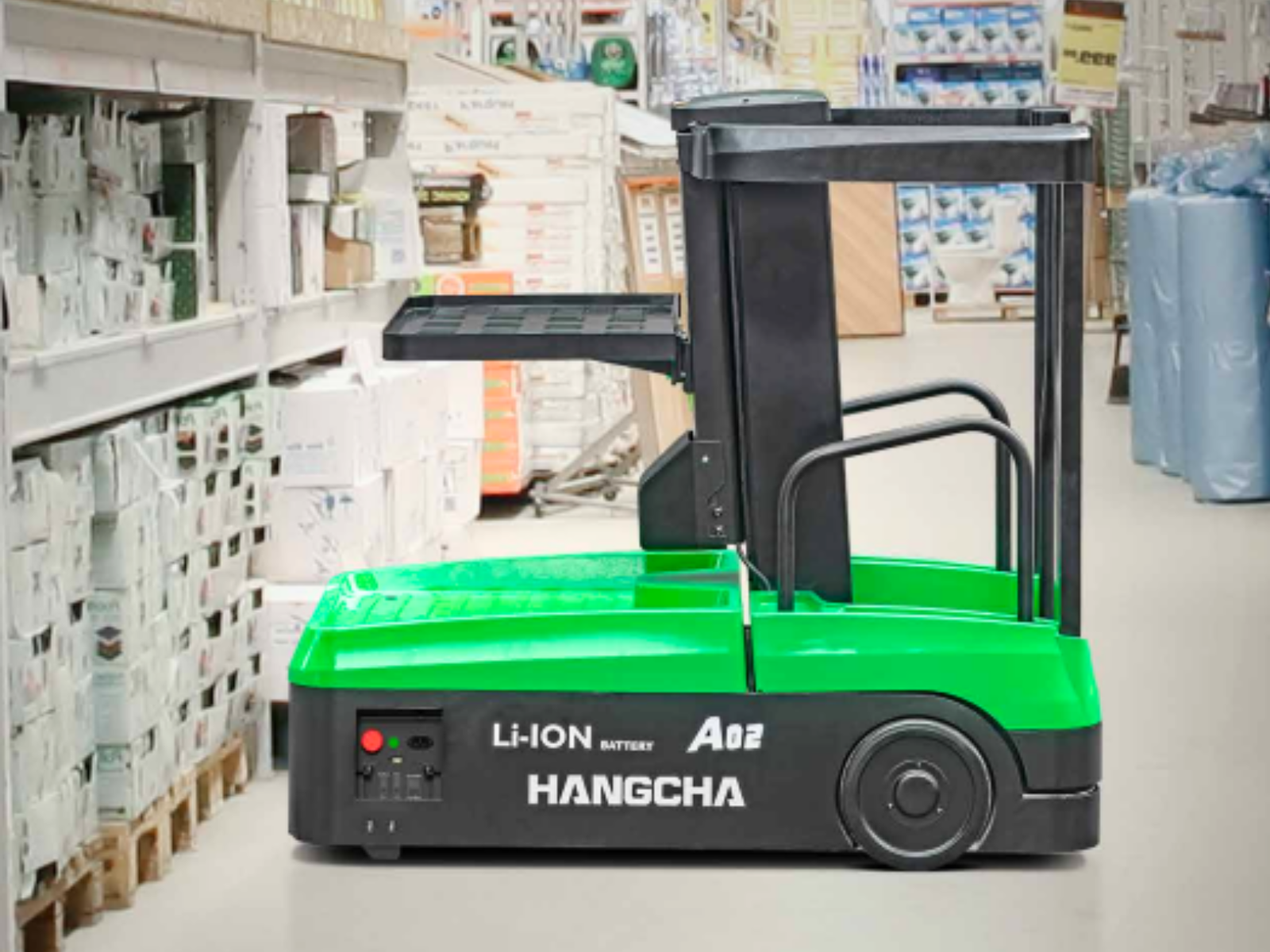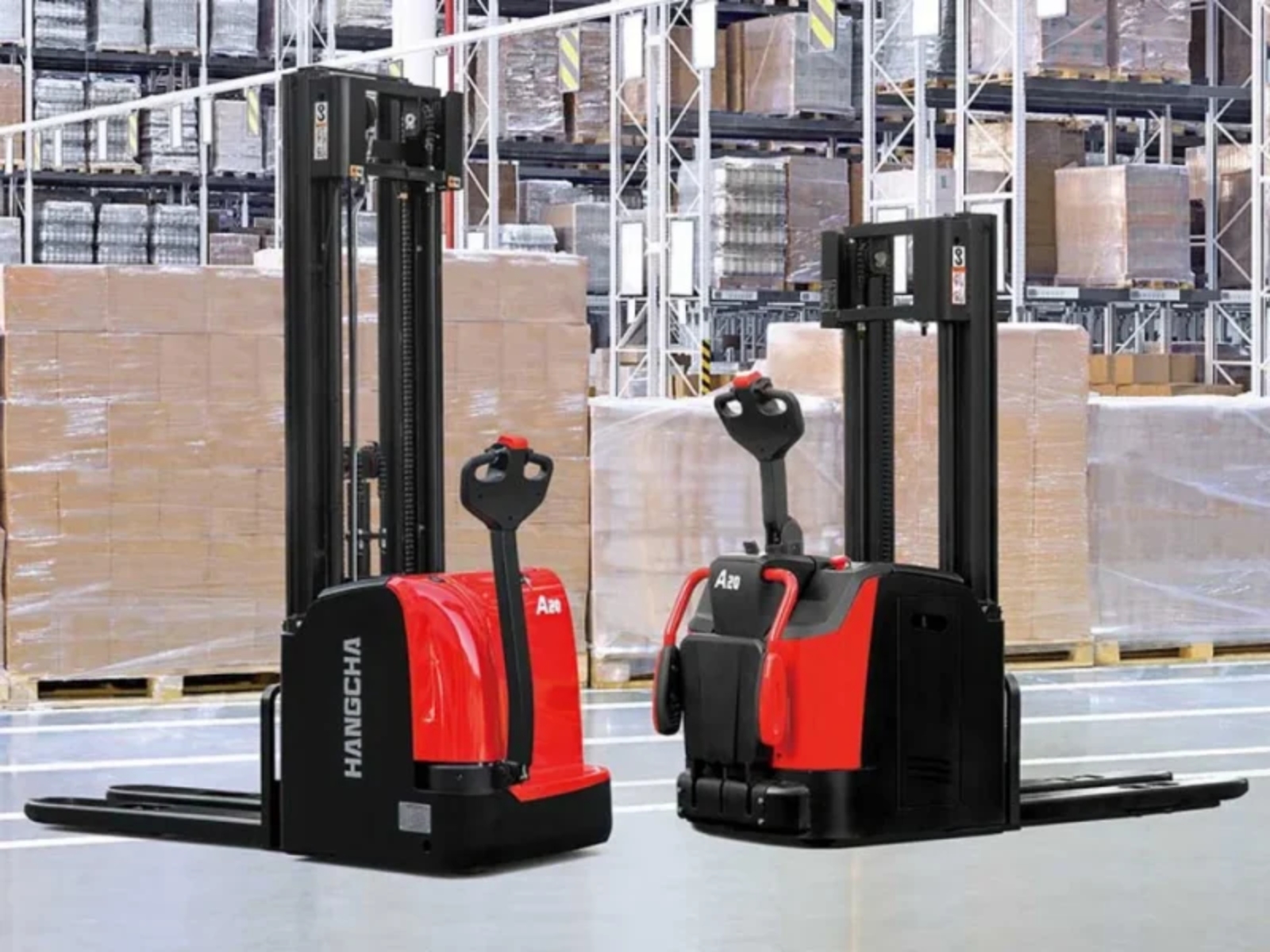In the dynamic world of construction and landscaping, skid steers play a pivotal role. Their versatility and compact size make them indispensable in various settings. But what exactly is a Skid Steer? This blog will delve into what a skid steer is, its historical evolution, its unique structural design, and its component parts. We will also cover the fundamental functionalities, operational techniques, and essential safety precautions associated with using a Skid Steer, providing you with a thorough and in-depth guide. Be sure to explore our skid steers for sale for a variety of options that meet your operational needs.
Definition of a Skid Steer
A Skid Steer, or Skid Steer Loader, is a compact, engine-powered machine known for its agility and versatility. It features a unique steering mechanism that allows it to turn with a zero-radius, making it highly maneuverable in tight spaces. Primarily used in construction, agriculture, and landscaping, Skid Steers can perform a range of tasks from digging to demolishing, thanks to various attachments.
A brief history of the Skid Steer
The Skid Steer Loader, a pivotal innovation in machinery, originated in the late 1950s. Developed initially by two brothers, Louis and Cyril Keller, in Minnesota, it was designed to efficiently maneuver inside the tight confines of a turkey barn. The original model, called the Keller Loader, was a three-wheeled machine and caught the attention of Melroe Manufacturing Company, which further developed it into the four-wheeled M-400 in 1960. This transformation marked the birth of the modern Skid Steer, revolutionizing small-scale construction and agricultural tasks with its versatility and compact design.
The Design and Structure of Skid Steers
Overview of Skid Steer’s External Features
Skid steers are easily identifiable by their distinct, compact frame, typically featuring a small, rigid body and a cabin situated on top. This design, characterized by its square-shaped body and four wheels – often with the rear wheels set directly under the operator’s cab – makes them highly maneuverable. Notably, the front and rear axles are locked in synchronization, allowing the left-side wheels to move independently from the right-side ones. This unique feature is essential for the skid steer’s ability to execute tight turns, essential in confined spaces.
In-Depth Look at Key Components and Their Functions
Cabin: The operator’s cabin is strategically placed to give a clear view of the work area. It’s designed for safety and comfort, often equipped with controls that allow the operator to manage the machine’s functions efficiently.
Lift Arms: These are the most prominent features, extending from the front and used for various tasks. They are designed to lift and lower attachments, playing a crucial role in the skid steer’s versatility.
Wheels: Skid steers typically have four robust wheels, with the ability to lock the front and rear axles in synchronization. This wheel configuration is crucial for the machine’s signature skidding ability, allowing for sharp turns and excellent maneuverability in tight spaces.
Engine: Located at the rear of the skid steer, the engine is the powerhouse of the machine, driving both the hydraulics and the movement.
Hydraulic System: This system powers the lift arms and attachments. It utilizes pressurized fluid to enable smooth and powerful movements, crucial for tasks requiring precision and strength.
Fundamental functionalities of a Skid Steer
Skid Steers are renowned for their multifunctionality. Primarily, they excel in loading and transporting materials, thanks to their robust lift arms and bucket attachments. They’re also adept at excavation and digging with specialized attachments. Additionally, their compact size coupled with the ability to attach tools like augers, hammers, and rakes, enables them to perform tasks such as drilling, demolition, and landscaping. This versatility makes them invaluable in construction, farming, and maintenance operations.
Operating a Skid Steer: Key Techniques and Safety Precautions
Skid Steer Steering Mechanism
Skid Steers utilize a unique steering mechanism. Instead of traditional wheel-based steering, they operate by varying the wheel speed on each side independently, using hydraulic motors. This allows for skidding turns, enabling the Skid Steer to pivot on its axis and maneuver tightly.
Operating Steps
- Start the Engine: Use a key or push-button ignition.
- Learn the Controls: Understand the levers or joysticks for lift arms, attachments, and movement.
- Drive Engagement: Move the skid steer using drive levers; direction and speed are lever-dependent.
- Steering: Skid steer by adjusting the levers differently for each side.
- Attachment Use: Operate attachments with specific controls.
- Stopping/Parking: Neutralize drive levers and engage the parking brake.
Safety Tips
- Pre-Use Inspection: Check for mechanical issues.
- Safety Gear: Wear a seatbelt, hard hat, and eye protection.
- Maintain Visibility: Keep windows and mirrors clear.
- Environment Awareness: Be conscious of surroundings and people.
- Load Limits: Adhere to the skid steer’s operating capacity.
- Safe Shutdown: Turn off the engine and apply the parking brake when finished.
With this comprehensive overview, you now have a deeper insight into the world of skid steers. For further exploration and more detailed discussions, we invite you to peruse our other blogs on this website. We regularly update our content to provide you with the latest information and insights on skid steers and other related machinery topics. Stay informed and ahead in your field with our continuous updates.





.webp)